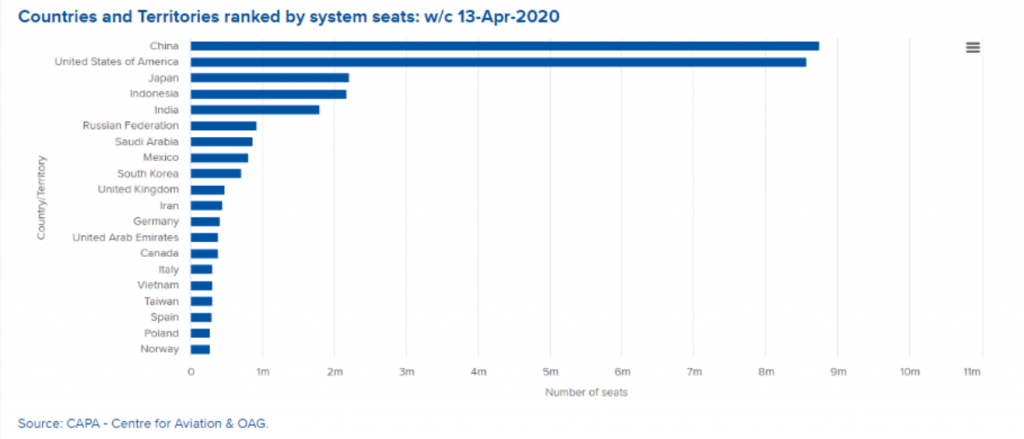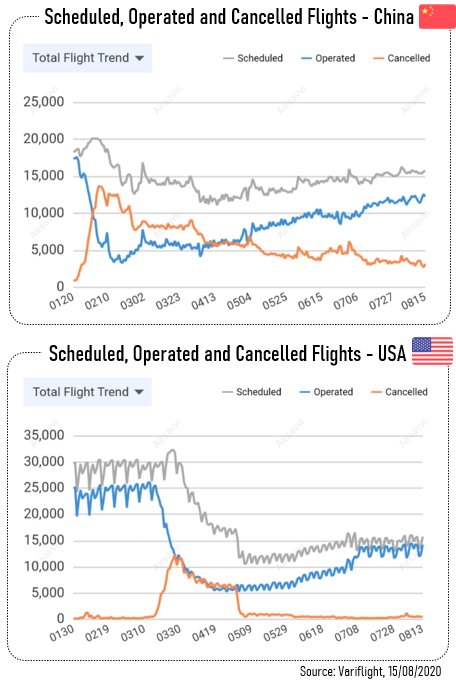
China’s last village to get road access to the outside world


On Sept. 15, new restrictions barring sales of U.S. components to Chinese tech giant Huawei went into effect. Those rules would have prevented Intel , AMD , and other American chipmakers from selling any new chips to Huawei.
But shortly after that deadline passed, Intel and AMD announced they had obtained special government licenses that will enable them to continue selling chips to Huawei. Huawei installs Intel and AMD’s x86 CPUs in its PCs and servers, as well as Intel’s Altera FPGA (field programmable gate array) chips in its 5G base stations.
German chipmaker and semiconductor manufacturer Infineon will continue to ship “the great majority of products” to Chinese tech giant Huawei.
TSMC can’t sell to Huawai, this looks like an attack on this industry leader.
Qualcomm put in a big order from Samsung, another blow to TSMC.

Jared Kushner owed money to a bank with ties to Taiwan’s government while working at the White House, according to a new book by Forbes’ senior editor Dan Alexander, White House, Inc., signaling a possible conflict that was never reported due to a loophole in disclosure laws and one that could have implications for the country’s diplomatic relationships with Taiwan and China.
Kushner and his partners bought an old warehouse in Williamsburg, Brooklyn, called the Austin Nichols House in 2015 for a reported $275 million and turned it into a luxury condo building.
The deal came witha $175 million mortgage on the property held by Kushner and his partners; a 2017 split left a bank called Mega International Commercial Bank 兆丰银行 with $50 million of the loan, according to financial documents reviewed by Alexander.
The loan documents specifically name Kushner as one of the two guarantors of the debt.

丁怡铭9月23日回应掩饰这是“公开借贷”,搪塞“不是什么密帐或利益交换,这本书的作者可能搞错了”。对此,曾任台湾“金管会”“主委”的国民党“立委”曾铭宗质疑兆丰银行为何后来突然承接贷款,提出三个疑点。

曾铭宗质问:“兆丰是上市金融机构,基于公司管理及对投资人的保护,应该说清楚三点疑虑。首先,这笔贷款早在2015年5月开始,为何一开始没参贷的兆丰,2年后突然承接贷款。其次,总贷款金额为1.75亿美元,兆丰就参贷了5000万美元,贷款比例相对很高,这与过往参与国际联贷的惯例是否有差距?再者,看起来库什纳应该是以企业方式贷款,兆丰在参贷时,是否知情库什纳在这家公司的持股比例。”
据知情人士表示,库什纳在借贷公司持股极可能连5%都不到,“蓝委”赖士葆也质疑,这笔巨额借贷是否有经过兆丰银行董事会决议、利息有多少、有无吃亏等?兆丰银行都应作出说明。“桌面下还有多少金钱交易?!”岛内民众痛斥:“这贷款是由兆丰银行借出的,兆丰银行不吭声,却由民进党当局行政机构出面,不打自招!贷款是政治决定的!台湾民众的存款是给民进党做公关的!”





17岁的高艳能这两天成了远近皆知的名人。在4月24日的中考体育考试中,本可以免考的他,靠着双拐和一条腿,不断向前跳跃,最终“跑”完1000米。高艳能的成绩是一般,在同组10人中排名倒数第一,距满分成绩差距不小,含泪看他跑完全程的监考老师破例给了他满分。高艳能是一位靠双拐和一条腿走路的残疾少年,他为了“稳稳当当”考上高中,在中考体育考试中才上演了令监考老师泪奔的这一幕,他也因此由跑倒数第一反转为得满分。那么高艳能究竟赢在哪里?在笔者看来,主要赢在以下两个方面。其一,赢在“我能行”。从高艳能的成长历程看,他是一个不向命运低头的人。最闪光的表现主要有二,一是上初中后,虽然家离学校有10公里路程,可他一直坚持和小伙伴们一同步行。二是在学校就餐,学校为照顾他的特殊情况,免于他去排队,但他始终都没接受这一照顾。正是因为有了“我能行”,才让他“没觉得和其他人有啥不一样”,才让他不靠特殊化埋单,主动将自己置于同一起跑线,与健全同学同“吃”、同“行”、同“比试”。这就凸显出身残志坚精神,拥有这样的财富谁会败北?其二,赢在“做最好的自己”。从此次中考体育考试来看,即便高艳能不去参加考1000米项目,学校给予的免试政策也足令他拿到总分50分的60%。然而高艳能却不安于现状,认为只要参与并坚持下来,“说不定拿的不止60%”,那样就会让他由考上高中的“问题不大”,变成“稳稳当当”。由此可见,这个“做最好的自己”,已被高艳能诠释为尽最大努力,争取最好结果。如此一来,高艳能留在跑道上的那个“做最好的自己”的背影,又怎么不赢得来自同学的加油呐喊,又怎么不赢得监考老师为之动容、满泪、给满分?这实在是身边最生动的励志教材,其感染力尤其催人奋进的正能量,又岂是一场考试的满分所能承载?分明是自强不息、勇于拼搏的民族魂的又一次跳跃。总之,尽管因为不测让高艳能不能正常行走,但他那不向命运低头的“我能行”和“做最好的自己”,却为他撑起一片天,不仅让他成为生活和求学上的强者,更在向世人诠释什么是自强不息、勇于拼搏的民族魂和民族精神。从这一点来讲,高艳能的励志意义绝不局限于身残志坚,而成催所有人奋进的一把通用钥匙。望高艳能一路走下去,最终赢得不凡人生。Compared to the roaches in Hong Kong, this kid is a positive role model.



Domestic flights in August averaged well over 10,000 flights a day, almost the same level as a year earlier. Overall, more than 28,000 flights – domestic, international and stopovers – took off and landed at mainland airports on average daily in August, an increase of 12 per cent from July.

The partnership led to the creation of a Chinese edition of Time for Kids aimed for use in classrooms across the world.
The digital magazine rollout was “made possible by Huawei and Tan Chong International Limited 陳唱國際有限公司 ,” a collaborative effort that Time for Kids editor in chief Andrea Delbanco described herself as being “thrilled” about.
The initiative was spurred by COVID-19 and the ensuing shift to online learning, with PR Newswire describing the effort as a “continuation of [Time’s] global initiative to offer digital editions of the school-based publication in multiple languages to support teachers, families and students around the world during this period of school closures due to the coronavirus pandemic.”

According to data released by Eurostat on Sept. 16. In the first seven months of 2020, China overtook the US as the EU for the first time as largest trading partner: From January to July, year-on-year imports from China increased by 4.9% , while imports from the U.S. decreased by 11.7% .
EU’s exports to China fell by 1.8%, while exports to the U.S. fell by 9.9%.
China remains the EU’s top source of imports, third largest exporter of goods
The share of the market position was 21.9% and 10.3%, respectively.
